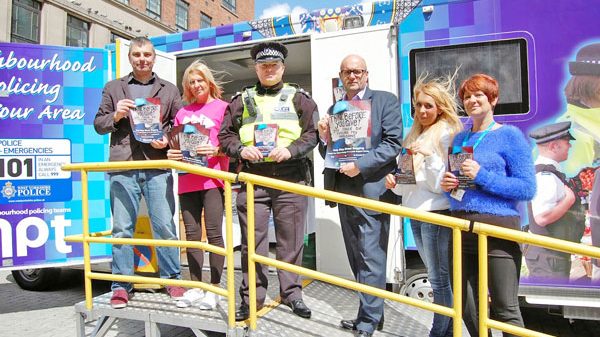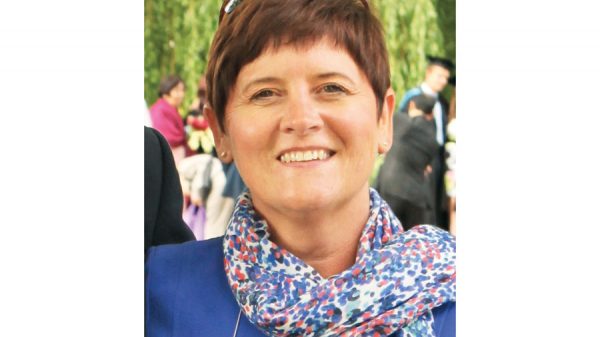West Yorkshire Fire and Rescue Authority has pledged to spend £230,000 on improving water rescue equipment and training for firefighters across the county.
The move has come as a result of a detailed review which followed the unprecedented flooding on Boxing Day 2015.
Jim Butters, Area Manager for Operations Support, said: “West Yorkshire Fire and Rescue Service has always been at the forefront when it comes to training and equipping crews for water rescue. However, on Boxing Day large areas of the county experienced flooding on a scale never experienced before and our firefighters worked in extremely challenging conditions. We are also attending an increasing number of rescues from fast flowing water and flood water, which has prompted a full review of our capability.
“This investment by the Fire Authority demonstrates our commitment to both public safety and the safety of our own staff.”
Councillor Bryan Smith, Chair of West Yorkshire Fire and Rescue Authority’s Finance and Resources Committee, said: “Extreme weather events present a very real threat to public safety. This investment sends a strong message that we will do all that we can to provide the best possible rescue service to deal with these challenges, even though there is no direct government funding to provide this service.”
The improvements will include:
• Transforming Todmorden Fire Station into a skilled swift water rescue station and providing appropriate equipment and training to crews. During the Boxing Day floods, the Calder Valley was badly affected and Todmorden Fire Station effectively cut off by flood water.
• Convert Todmorden Fire Station’s wildfire vehicle into one which can also carry water rescue equipment. This provides a cost effective way of ensuring Todmorden crews have the correct equipment to respond to flooding.
• Replace the current powered boats, which are based at Bingley and Rastrick, with boats which have more powerful engines.
• Increase the number of coxswains from one to three per shift at fire stations which have a powered boat.
• Increase the number of rescue sleds held on swift water rescue stations from one to three. These stations are Leeds, Rothwell, Ossett, Bingley and Rastrick.
• Replace all flood response radio units. New radio equipment will make it easier for crews to communicate in difficult weather conditions.
• Provide smartphones for swift water rescue and flood rescue teams. These will allow crews to use GPS and mapping applications during search and rescue operations and assist in tracking resources.
• Provide all fire engines with additional flood suits and provide additional water rescue dry suits.







